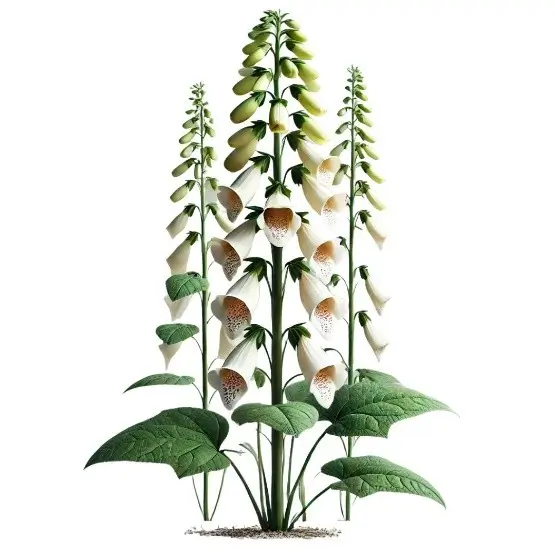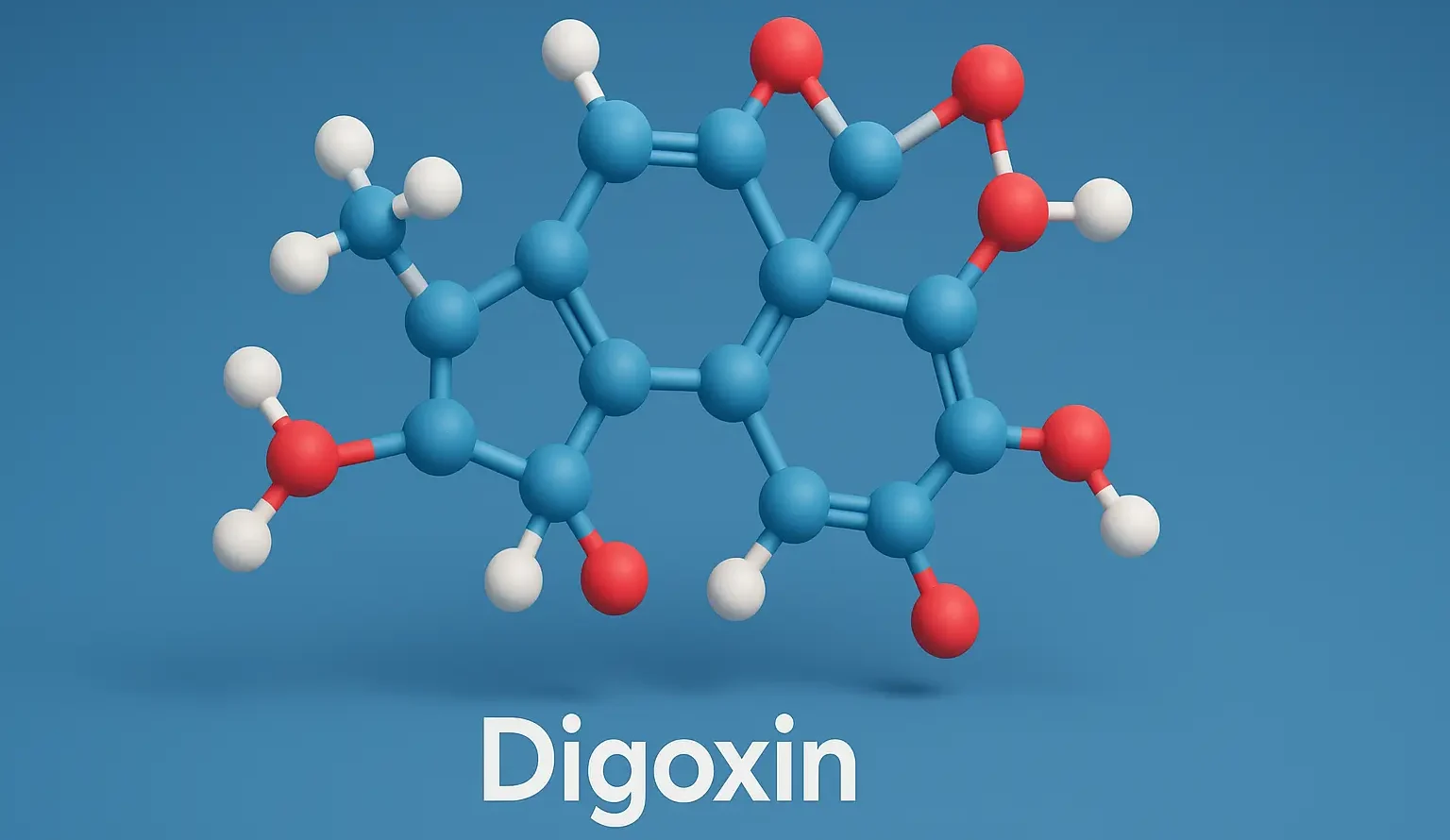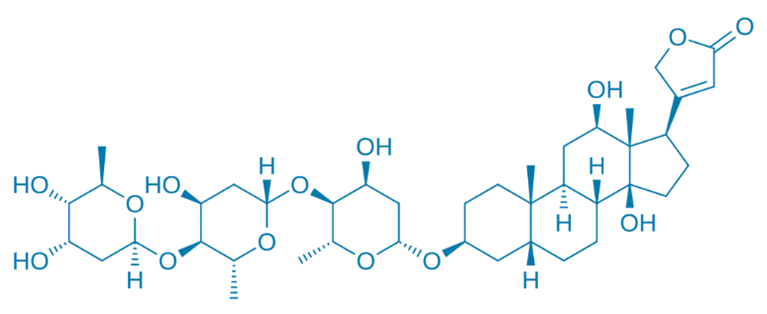Industrial Production of Digoxin
Source:
- Digoxin is a cardiac glycoside extracted from the foxglove plant, Digitalis lanata.

Extraction Process of Digoxin:
- Cultivation: lanata is cultivated, ensuring optimal growth conditions for maximum digoxins content.
- Harvesting: Leaves are harvested, dried, and processed.
- Extraction: Solvent extraction using alcohol or ether extracts the cardiac glycosides.
- Isolation: Techniques such as precipitation, crystallization, and chromatography isolate digoxins from other glycosides like digitoxin.
- Purification: Final purification steps, including recrystallization, achieve pharmaceutical grade digoxins.
Semi-Synthetic Production:
- Chemical Modification: While digoxins is primarily plant-extracted, certain derivatives may be synthesized chemically for specific therapeutic applications.
Advertisements
Estimation
Analytical Techniques:
- HPLC: The standard method for quantifying digoxin in plant extracts and pharmaceutical products.
- Immunoassays: Used in clinical settings to measure digoxin levels in patient blood samples.
- Mass Spectrometry (MS): Provides precise identification and quantification.
- UV-Vis Spectroscopy: Utilized for routine monitoring based on characteristic absorbance.
Utilization
Pharmacological Applications:
- Cardiac Glycoside: Digoxin is used to treat various heart conditions, including atrial fibrillation, atrial flutter, and heart failure.
- Mechanism of Action: It inhibits the sodium-potassium ATPase pump, leading to increased cardiac contractility and decreased heart rate.
Other Uses:
- Diagnostic Tool: Employed in studies related to cardiac function and ion transport mechanisms.
- Research: Used in biochemical research to understand cardiac physiology and pharmacology.
Click Here to Watch the Best Pharma Videos
Advertisements


